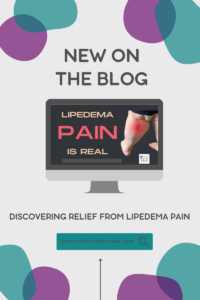Introduction
The importance of diet in maintaining health cannot be overstated. Whether you’re a fitness enthusiast, a nutritionist, or someone managing specific conditions like lipedema or insulin resistance, understanding different diets can be empowering. In this blog post, we will explore the nuances of the Primal and Paleo diets, guiding you towards making informed dietary choices.
Primal Nutrition
Origins and Principles
Primal nutrition is rooted in the idea of mimicking the diet of our pre-agricultural ancestors. Founded by Mark Sisson, it emphasizes whole, unprocessed foods that early humans would have consumed. This includes meat, fish, vegetables, fruits, nuts, and seeds. The philosophy promotes a balanced approach that integrates not just diet but also lifestyle changes like exercise and stress management.
https://amzn.to/3StsXFt Primal Blue print Book
Foods Allowed and Not Allowed
Foods allowed in Primal nutrition include grass-fed meats, wild-caught fish, fresh fruits, non-starchy vegetables, nuts, and seeds. It avoids grains, legumes, refined sugars, and processed foods. Dairy is generally limited to full-fat, unprocessed forms like butter and cheese.
Health Benefits and Potential Drawbacks
Followers of Primal nutrition often report improved energy levels, weight loss, and better overall health. The diet’s focus on nutrient-dense foods can benefit individuals dealing with insulin resistance and inflammation. However, some critics argue that it might be too restrictive, especially for those who rely heavily on grains and legumes.
Paleo Diet
Background and Guiding Philosophy
The Paleo diet, also known as the “Caveman Diet,” is similar to Primal nutrition but with subtle differences. It was popularized by Dr. Loren Cordain and aims to replicate the eating habits of Paleolithic humans. The emphasis is on consuming foods that were available before the advent of agriculture.
https://amzn.to/3LSM0Wh The Paleo Diet Book
Foods to Eat and Avoid
The Paleo diet encourages the consumption of lean meats, fish, fruits, vegetables, nuts, and seeds. It strictly avoids grains, legumes, dairy, refined sugar, and processed foods. The idea is to eat foods that our bodies are genetically adapted to.
Health Outcomes and Criticism
Proponents of the Paleo diet claim it helps with weight loss, improves glucose tolerance, lowers blood pressure, and reduces inflammation. However, critics argue that it can be challenging to sustain due to its restrictive nature. Additionally, the exclusion of entire food groups like grains and dairy may lead to nutritional deficiencies if not carefully managed.
Conclusion
Primal and Paleo diets offer unique approaches to health and wellness by emphasizing whole, unprocessed foods and a return to ancestral eating habits. Understanding the principles and potential impacts of each can guide you towards better health decisions. Stay tuned for our next blog, where we will delve into the Keto and Carnivore diets.
Supporting your wellness journey
OX Cindy
Join the community here. https://www.facebook.com/groups/7021999704562921







